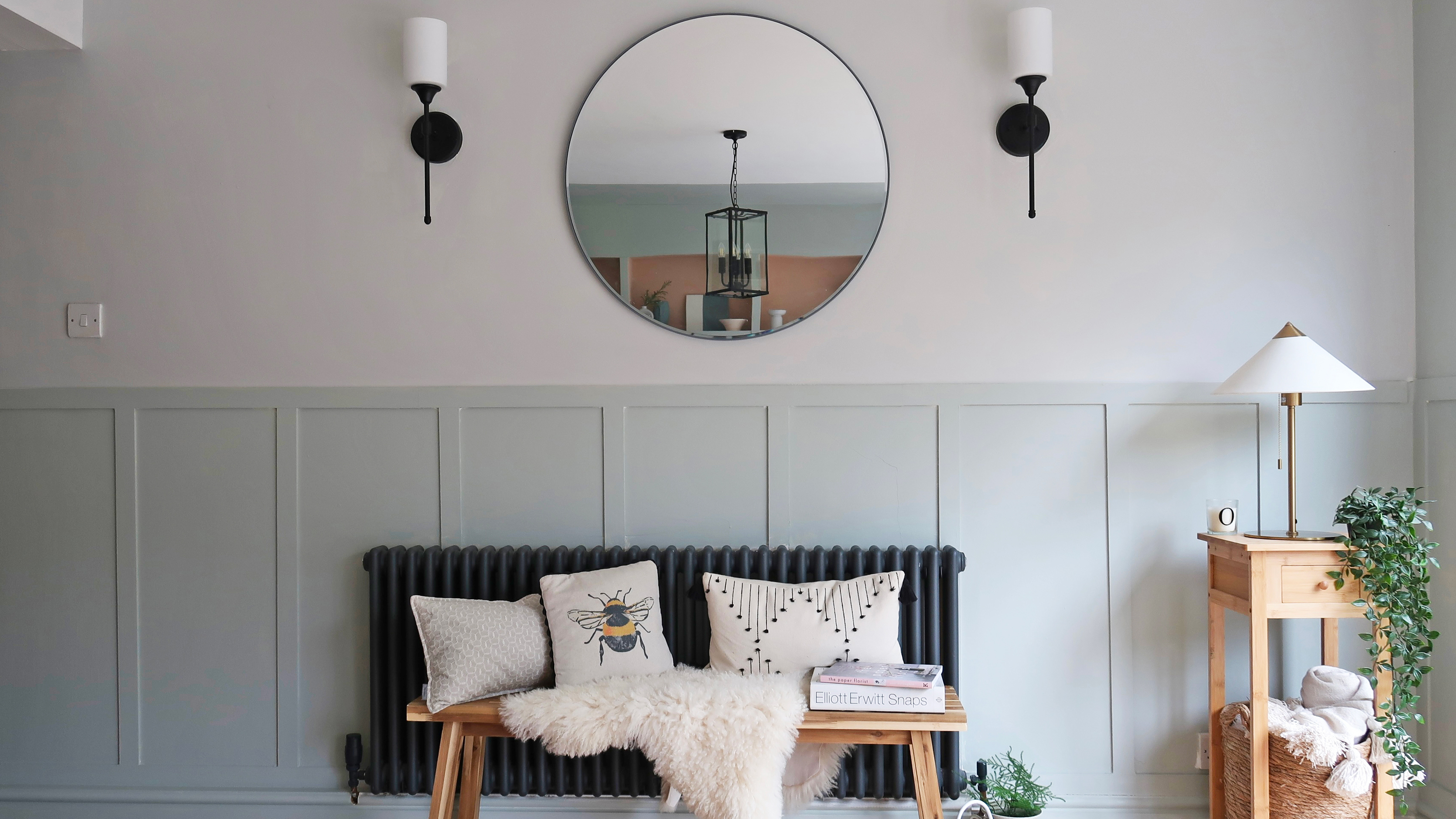

Claire Douglas
If you need to know how to paint a wall yourself, you'll be wondering just how to make it look like it's been done by professionals. After all, a DIY paint job doesn't have to mean a lesser job. You can still achieve perfectly smooth, streak-free walls, no matter how light the color you've chosen or how unusual your walls may be.
You've probably already chosen the best paint for your project. Now you just need to learn how to paint walls properly – this will make painting a room so much easier. You can watch the video below, or follow this easy step-by-step guide from DIYer Claire Douglas, for a paint finish that will be indistinguishable from a pro's.
You will need:
1. Paint
2. Rollers: we bulk buy from Amazon for big jobs
3. Paint brushes: we rate this Wooster three pack
4. Dust sheets
5. A stepladder
6. Painter's tape: we buy Frog Tape or Scotch brand
7. Sugar soap
8. Sanding and filling tools
9. Cloths for clean up
1. Think about the overall finish you want to achieve
Choosing paint ideas you like is vital to help you decide on a color scheme and the best wall painting technique in the first place. Either you want one block color, or something more adventurous, say if you're upgrading your kids' bedroom or going maximalist.
If you want to paint an ombre wall or a feature wall you'll need two or more different shades, and a few additional tools.
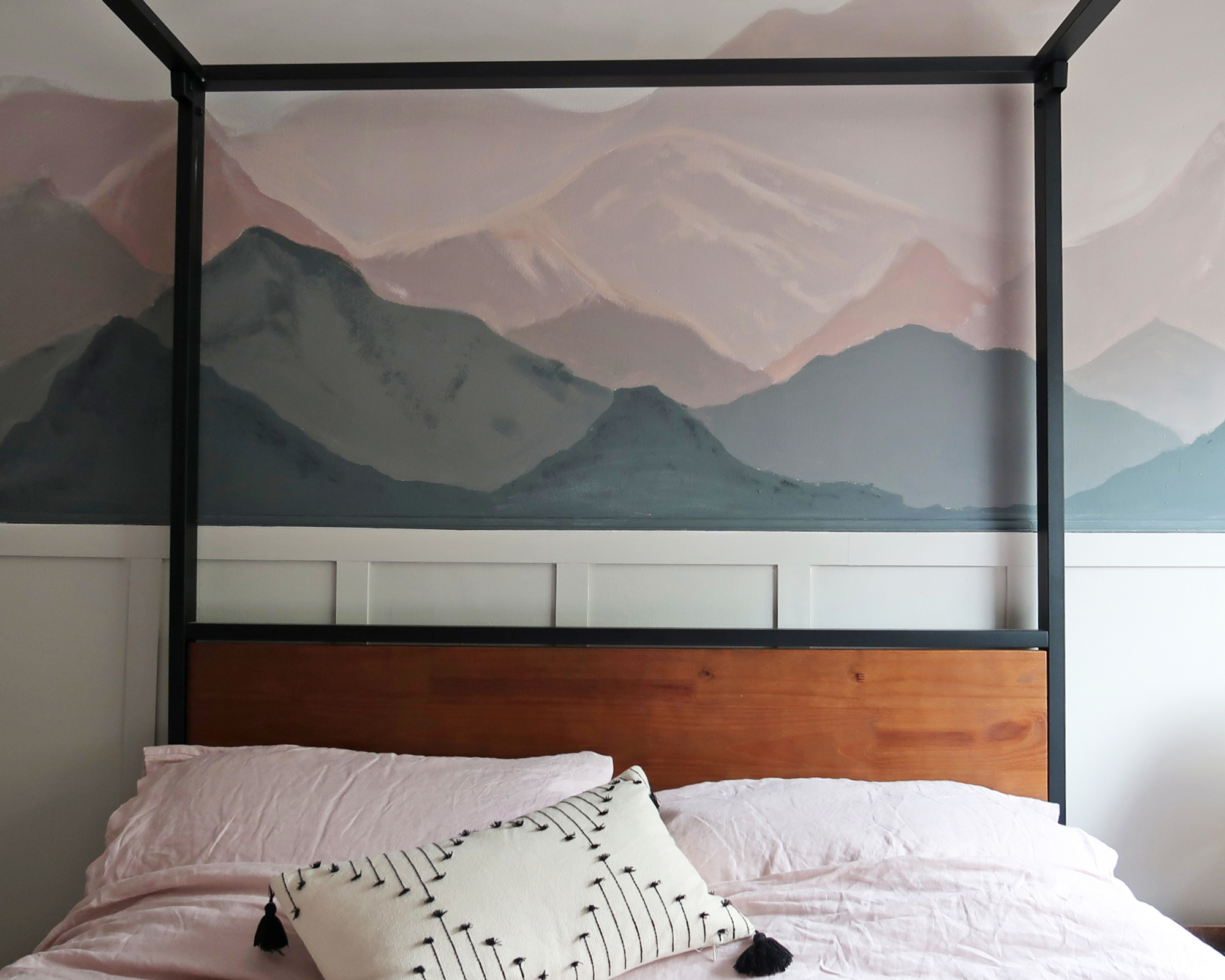
2. Choose the right wall paint for the job
There's more to choosing paint colors than meets the eye. And this will come down to personal preference and, as we just mentioned, your project.
It's time to make the call on all those swatches or to go into your local hardware store to color match paint to a soft furnishing or other detail you love and that will be present in the room – as Laura did in our how-to video above. You'll then want to consider paint finishes. As a rule, you will either use: matt, flat matt, or silk emulsion on walls.
The paint you use for walls is emulsion paint. This is water-based but may have vinyl or acrylic resin added for durability. This can affect the breathability of a wall, so if this is important (for example if you live in a very old property with potential damp problems) choose a claypaint that allows the walls to breathe and water vapor to escape. Many claypaint manufacturers now offer special hard-wearing, washable paint options that can be used in kitchens. If you are painting a very humid space, look for the best paints for bathrooms.
Matt and flat matt: As the name suggests, these offer a matt finish with no shine. It is the perfect choice for disguising imperfections in the wall's surface and offers a very uniform finish for color. You'll find many of these are the best paints for kitchens in particular.
Silk: Silk emulsion creates a mid-sheen finish that reflects some light for a polished look. It can be wiped down easily making it a good finish for high-traffic areas such as hallways and the stairs.
Gloss: Though not usually advised for walls, gloss paint is coming back into fashion, and the high-shine finish it provides can look very attractive in libraries, studies, and living rooms. High-gloss finishes are prone to chipping and require a lot of patience (at least two coats) and skill to get right. If you are after maximum wow, it could be worth the effort of the application.
3. Gather the rest of your materials
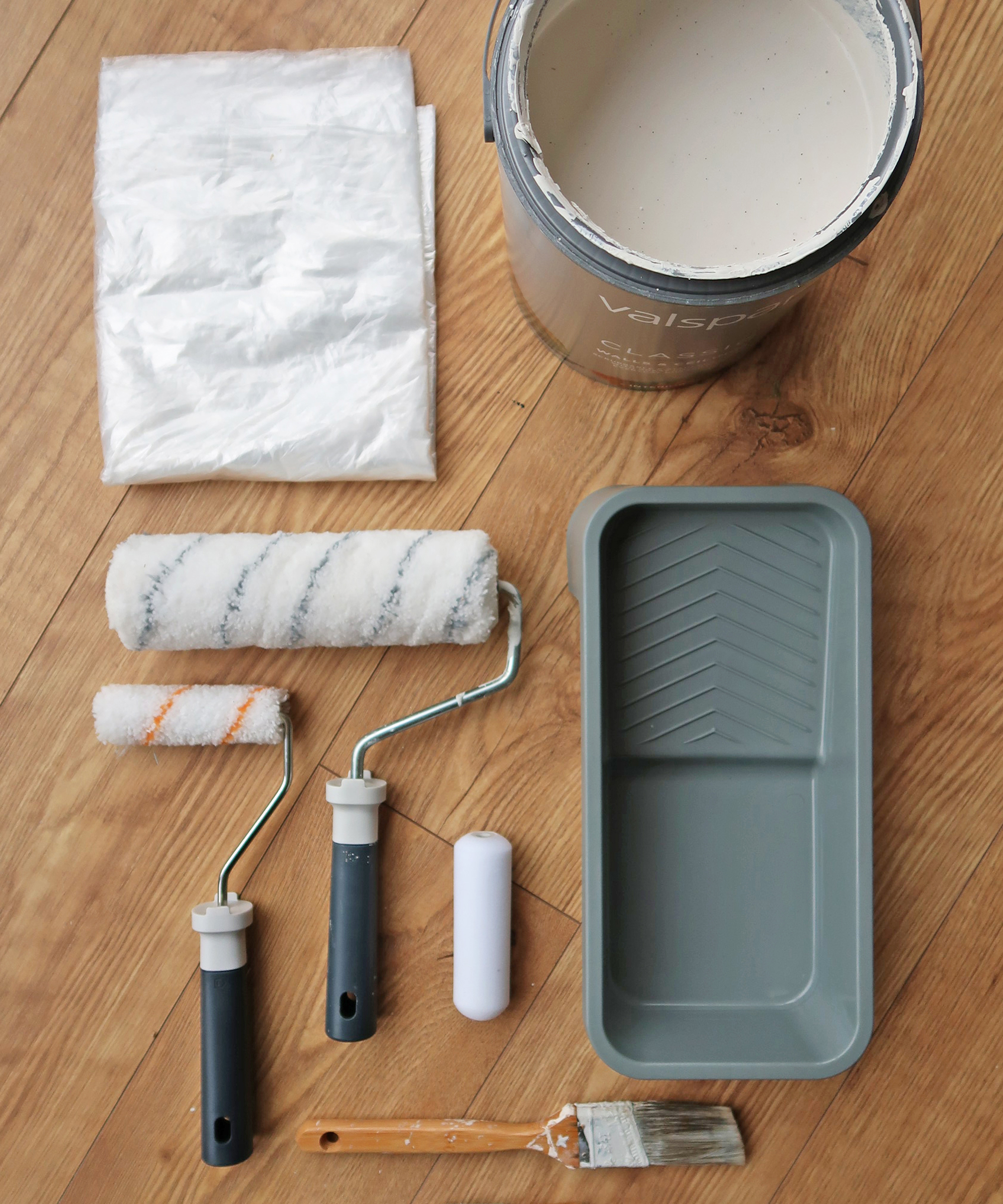
This is a list of must-have tools when painting a wall yourself. Of course, you might need to add in more materials if you're going after a different effect. As a rule, you will need:
- Dust sheets
- Filler and filling knife
- Rags and cloths
- Sandpaper
- Masking tape
- Dust mask
- Stepladder
- A range of paint brushes
- Paint roller
- Wall paint
4. Prep and protect
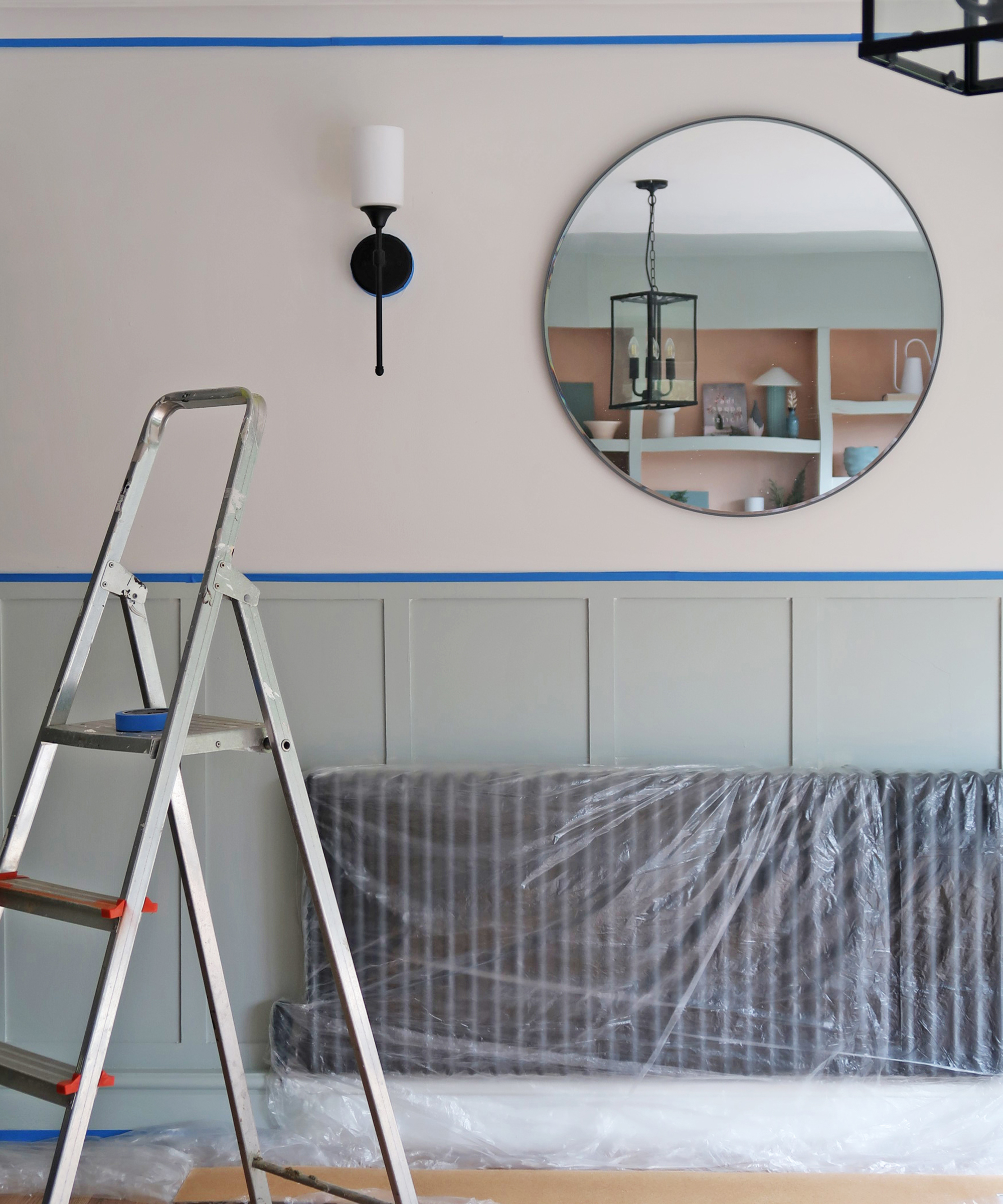
You want to either remove or cover any furniture in the room with dust sheets. Use dust sheets again or newspaper to protect the floor around the area also. Anything hanging, picture frames, plants, and the like should be removed. Then, carefully cover skirting boards and any molding, windows, switches, and sockets with masking tape.
Top tip: If you have wall lights that can’t be easily removed, then simply wrap dust sheets or a plastic bag around them, and gently secure them with masking tape.
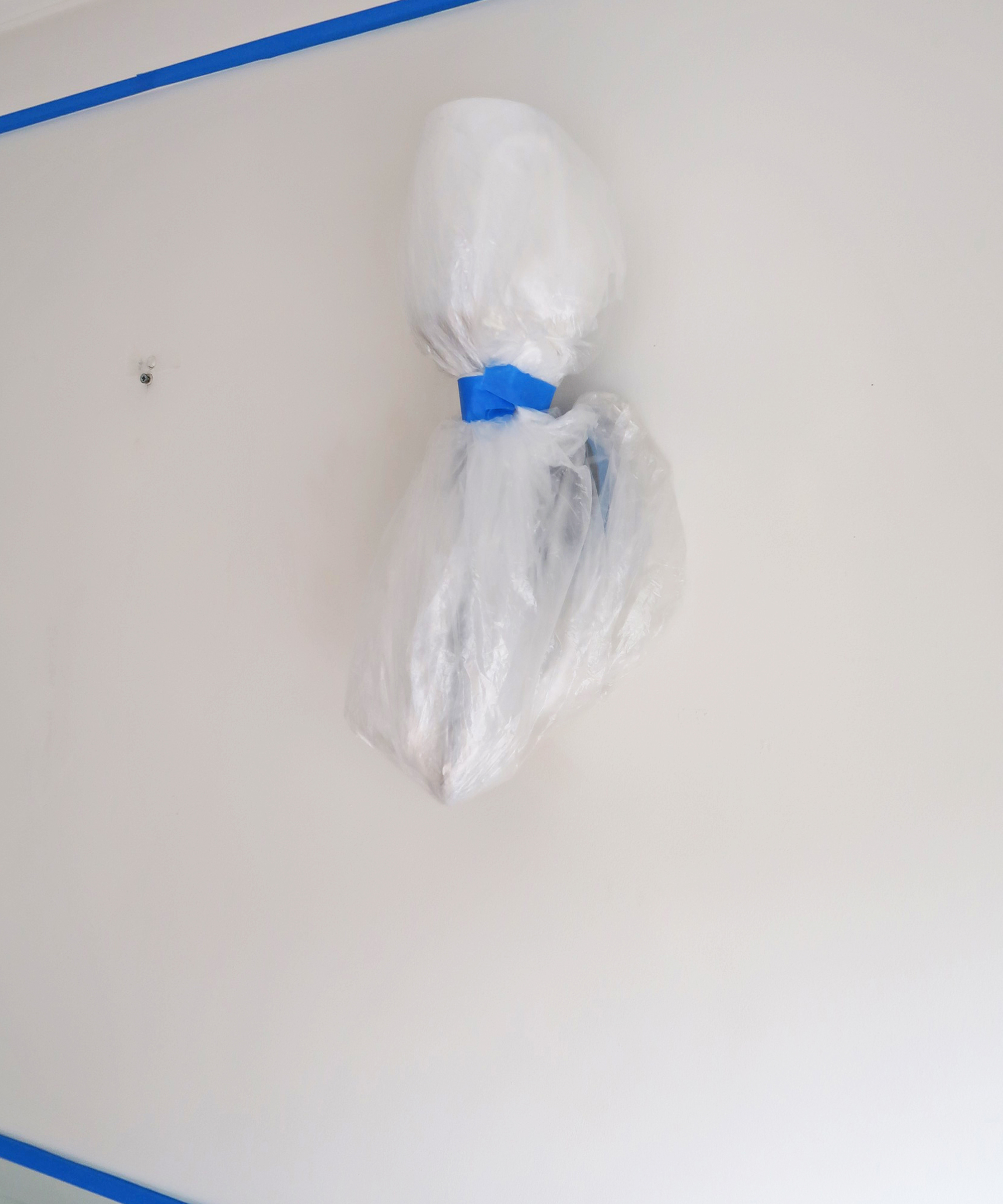
5. Clean your walls
Knowing how to clean walls is a vital step to ensuring a professional finish when painting walls yourself. It's likely that you're painting over old paint, which is fine, you simply need to gently sand the wall to smooth it, then clean it with a sugar soap solution.
6. Use filler to fill in cracks
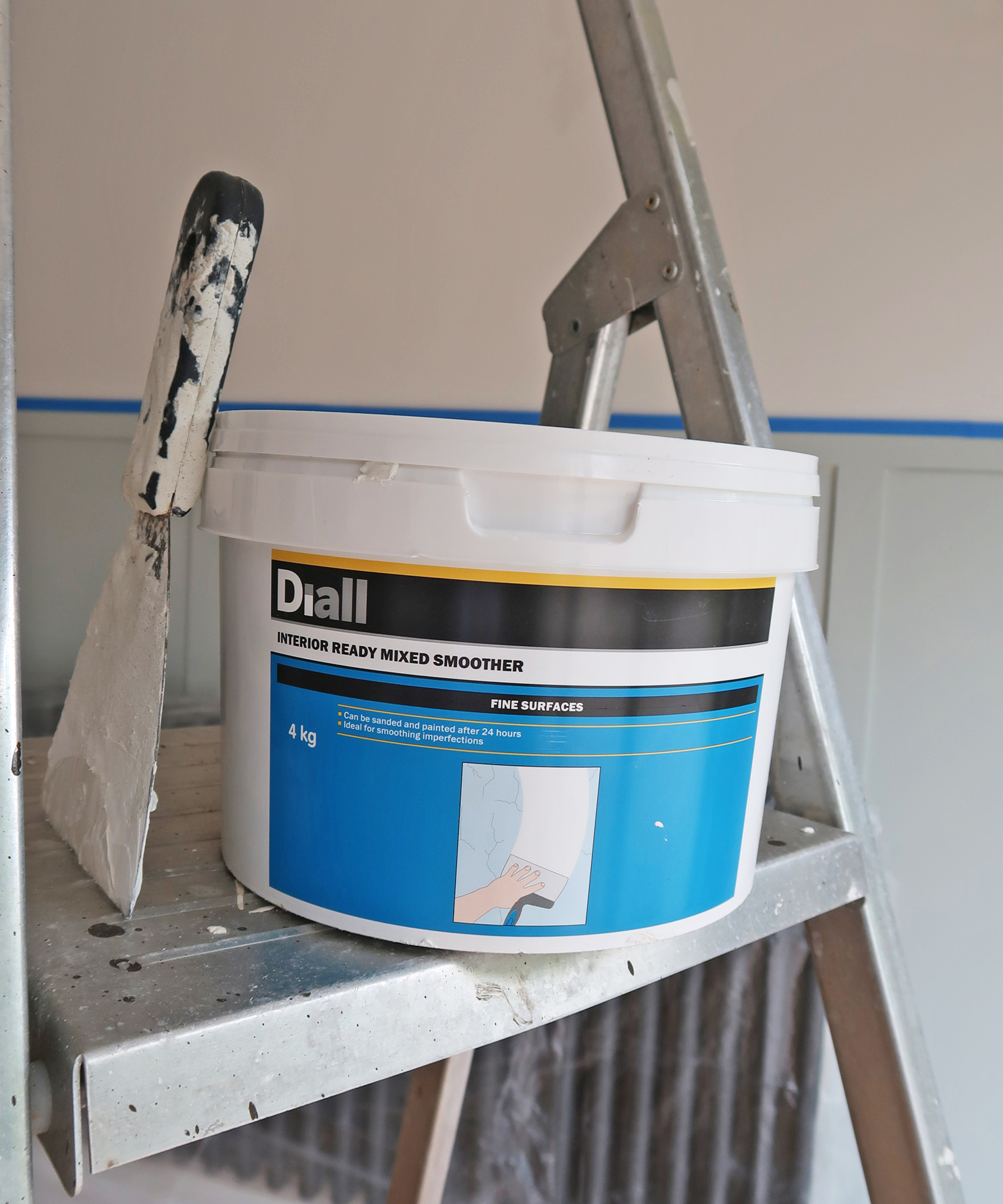
Next, use filler to smooth any cracks and bumps on the walls. Use a plastic putty knife for a flawless application.
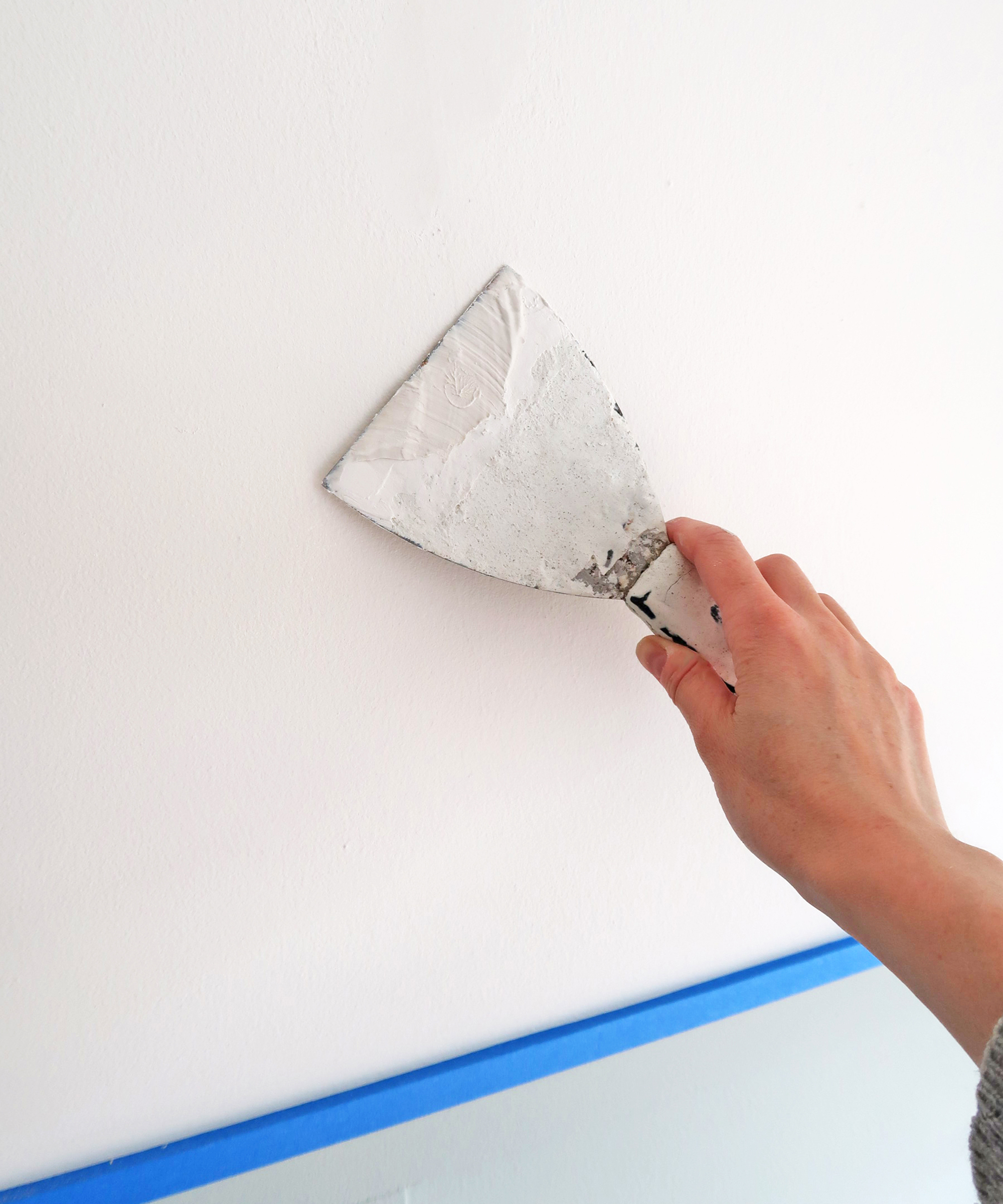
7. Sand over filler once dry
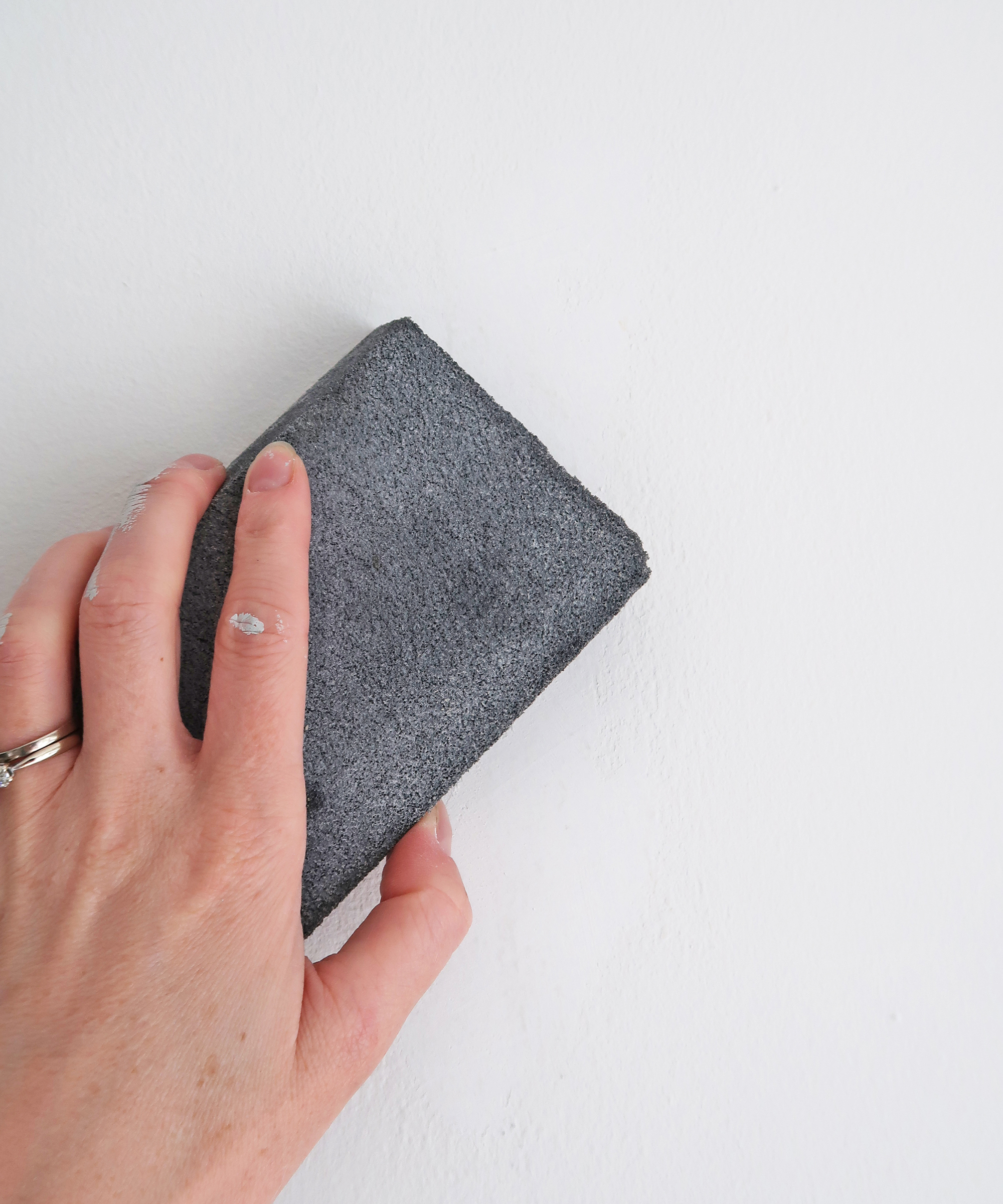
Sand over any areas you've filled when dry and give those spots a final wipe down. Make sure your walls are completely dry before moving on to the next step.
8. Prime the walls for a professional finish
Priming is not essential if you're not making a major color change. However, if you are going from a very dark color to a very light one, then it's best to prime walls with a mist coat or two of basic white paint for a professional finish. You will also need to prime finishes that have a different paint type to the one you are using now.
Fresh plaster will need priming with a mist coat because standard emulsion is too thick to adhere to the surface properly. When you water down the paint, the water is absorbed into the surface which allows the paint to bond. We always mix three parts paint to one part water to get a thinner mix for misting.
If you do decide on priming then this will need a couple of hours to dry. Painting on new plaster will only be successful if the surface is completely dry beforehand. If you have the time, wait even longer, preferably overnight.
9. Start in the right place
If you are right-handed, you will want to start in the top left corner of a wall and work to the right. If you are left-handed, go in the opposite direction. This means you avoid brushing against the painted wall.
If you're learning how to paint a ceiling, try to adhere to the same rule, although it won't be disastrous if you start in the opposite direction.
10. Cut in
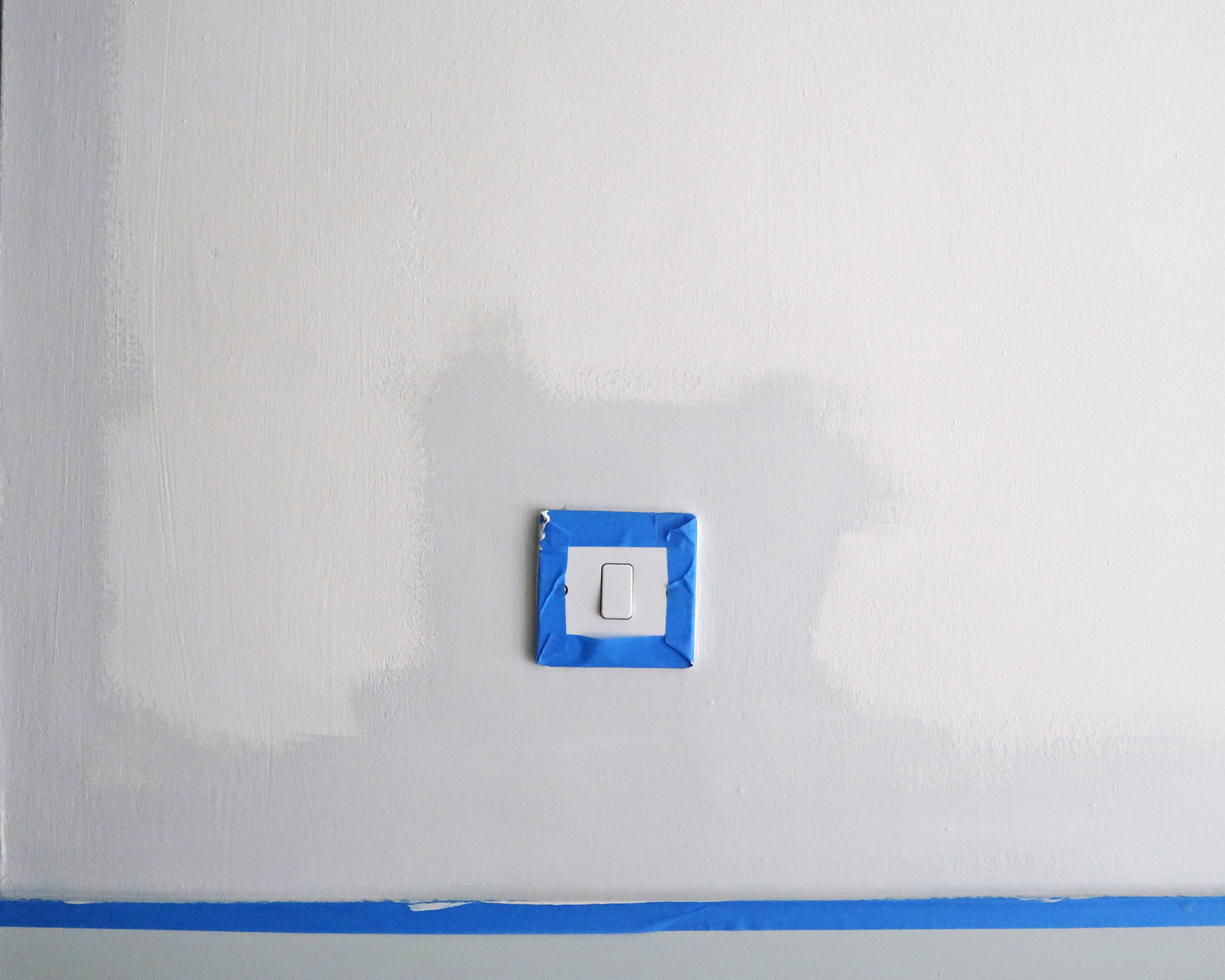
Cutting in paint is just the process of using your paintbrush to start at the corners of walls for a really neat finish. You can then fill in the majority of the wall with a roller.
11. Paint in a V
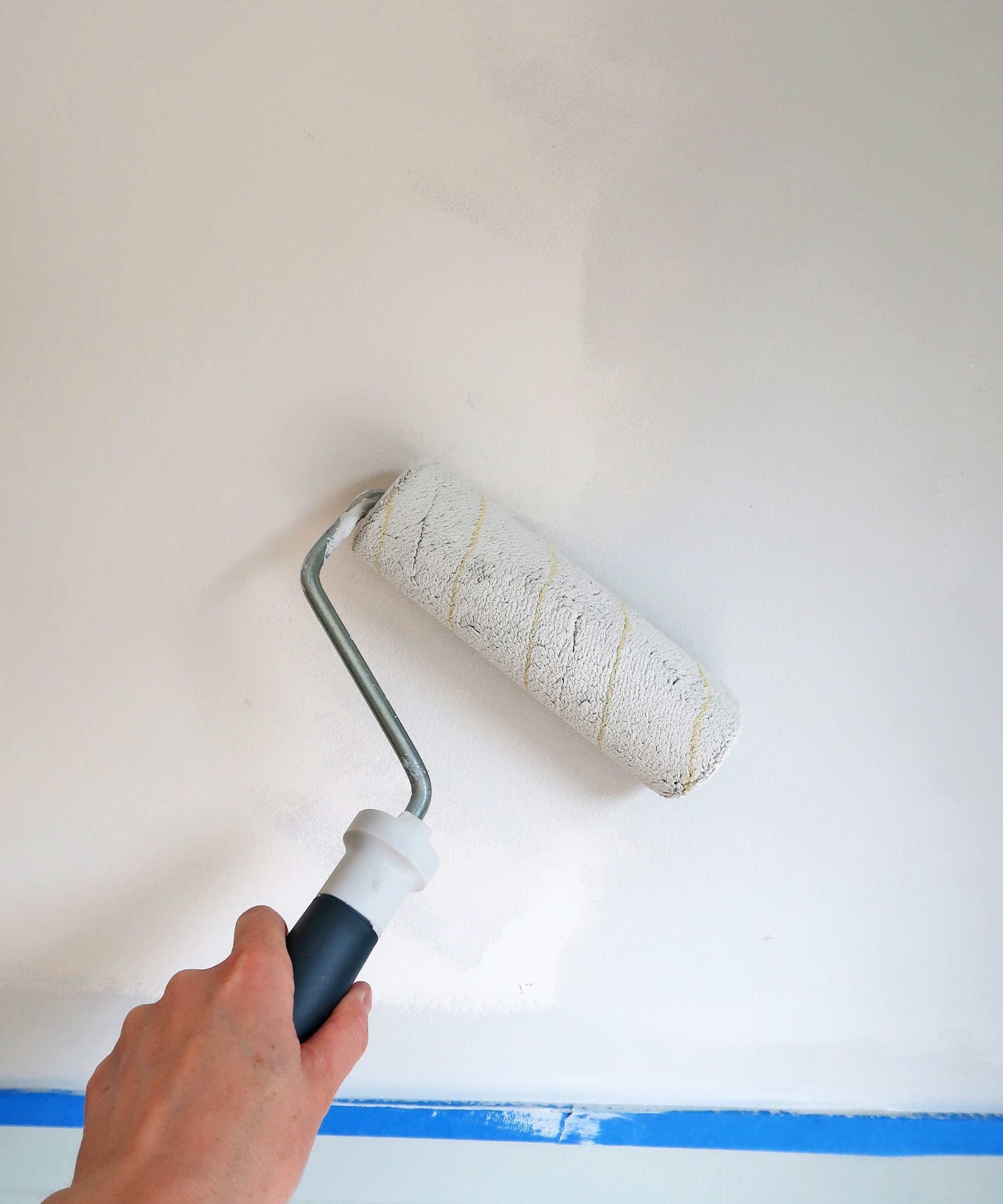
Once you've cut in, you can start to fill in the rest of the wall using a paint roller. For the best coverage, roll in a V-shape then infill. Never overload your paintbrush or roller –this is one of the most common painting mistakes. This will lead to drips or a bobbly paint texture. If you do get too much paint on the roller, keep rolling to spread it out evenly.
Top tip: Line your roller tray with foil and make light work of clearing up when you’ve finished painting as the paint residue can be left to dry on the foil and then thrown away. Disposing of the dried paint and foil combo is better than washing wet paint down the drain.
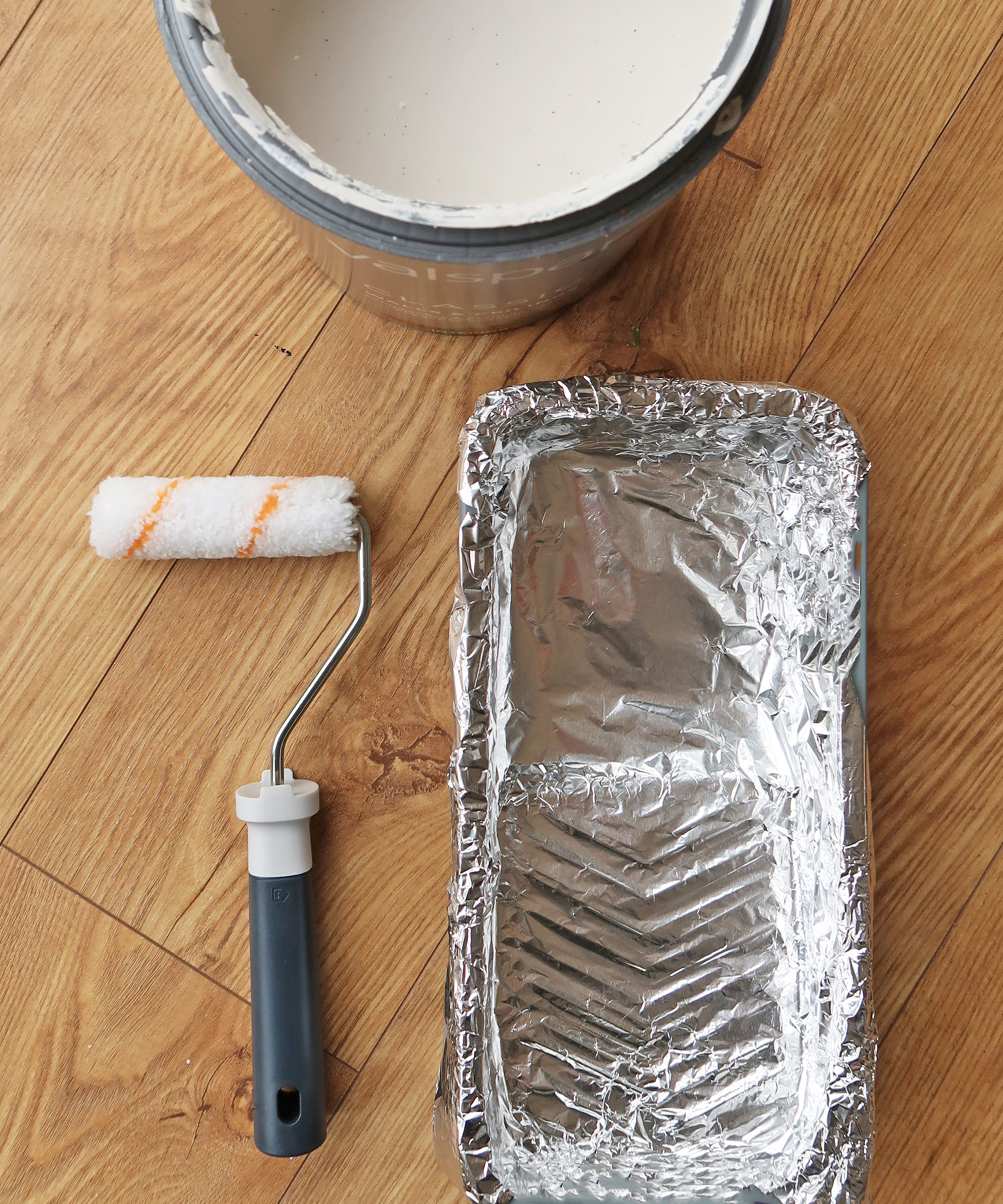
12. Clean your rollers and brushes
This last step is vital if you plan on tackling other rooms in the house and therefore need to keep your tools in top condition. You can use white spirit or soapy water and our guide on how to clean paint brushes will even help you tackle dried paint. Learning how to clean paint rollers is also worth it, especially if you paid a decent amount for yours.
What is the fastest way to paint a wall?
Zoe Warren, interior expert at PriceYourJob.co.uk advises: 'When painting an entire room, you should mix together several cans of paint in a large bucket instead of opening and using one at a time. This will ensure that color is consistent on every wall. For larger rooms, you should try to use a roller screen rather than a roller tray, as this will speed up the painting process.'
Can I just paint over old paint?
Yes, you can, under certain circumstances. If the current paint is in good condition, with no chips or cracks, and the new paint and the existing paint are the same chemically (e.g. both are water-based, or both are latex-based), then you can safely paint over the old paint. However, even if these conditions are met and you want to go from a very dark color to a much lighter one, you will have to prime your wall first.
Never paint over moldy and/or damp walls – you will make the problem worse, having to redo the paintwork in only a matter of months.
Paint away!
Join our newsletter
Get small space home decor ideas, celeb inspiration, DIY tips and more, straight to your inbox!

Lindsey is Editor of Realhomes.com and Editor in Chief for Home Ecommerce at Future. She is here to give you aspirational, yet attainable ideas for your home and works with her team to help you get the best buys, too. She has written about homes and interiors for the best part of a decade for brands including Homes & Gardens, Ideal Home and Gardeningetc and isn't afraid to take the inspiration she finds at work into her own space – a Victorian terrace which she has been (slowly) remodelling for the last eight years. She is happiest sipping a cup of tea with a cat on her lap (if only she had a cat).
- Claire DouglasGuest blogger
-
 An IKEA Billy bookcase hack inspired this cute media wall DIY
An IKEA Billy bookcase hack inspired this cute media wall DIYThis cute DIY was inspired by an IKEA Billy bookcase hack and brought a ton of symmetry to an otherwise basic media wall space.
By Camille Dubuis-Welch
-
 This oversized headboard looks designer, and takes 5 steps to DIY
This oversized headboard looks designer, and takes 5 steps to DIYSuper simple to DIY, this oversized headboard will give your bedroom space all the designer vibes you could dream of.
By Claire Douglas
-
 How to paint a door and refresh your home instantly
How to paint a door and refresh your home instantlyPainting doors is easy with our expert advice. This is how to get professional results on front and internal doors.
By Claire Douglas
-
 How to paint a radiator in 7 steps
How to paint a radiator in 7 stepsPainting radiators properly is all about choosing the right paint and the best process. Get interior designer-worthy results with our how-to.
By Kate Sandhu
-
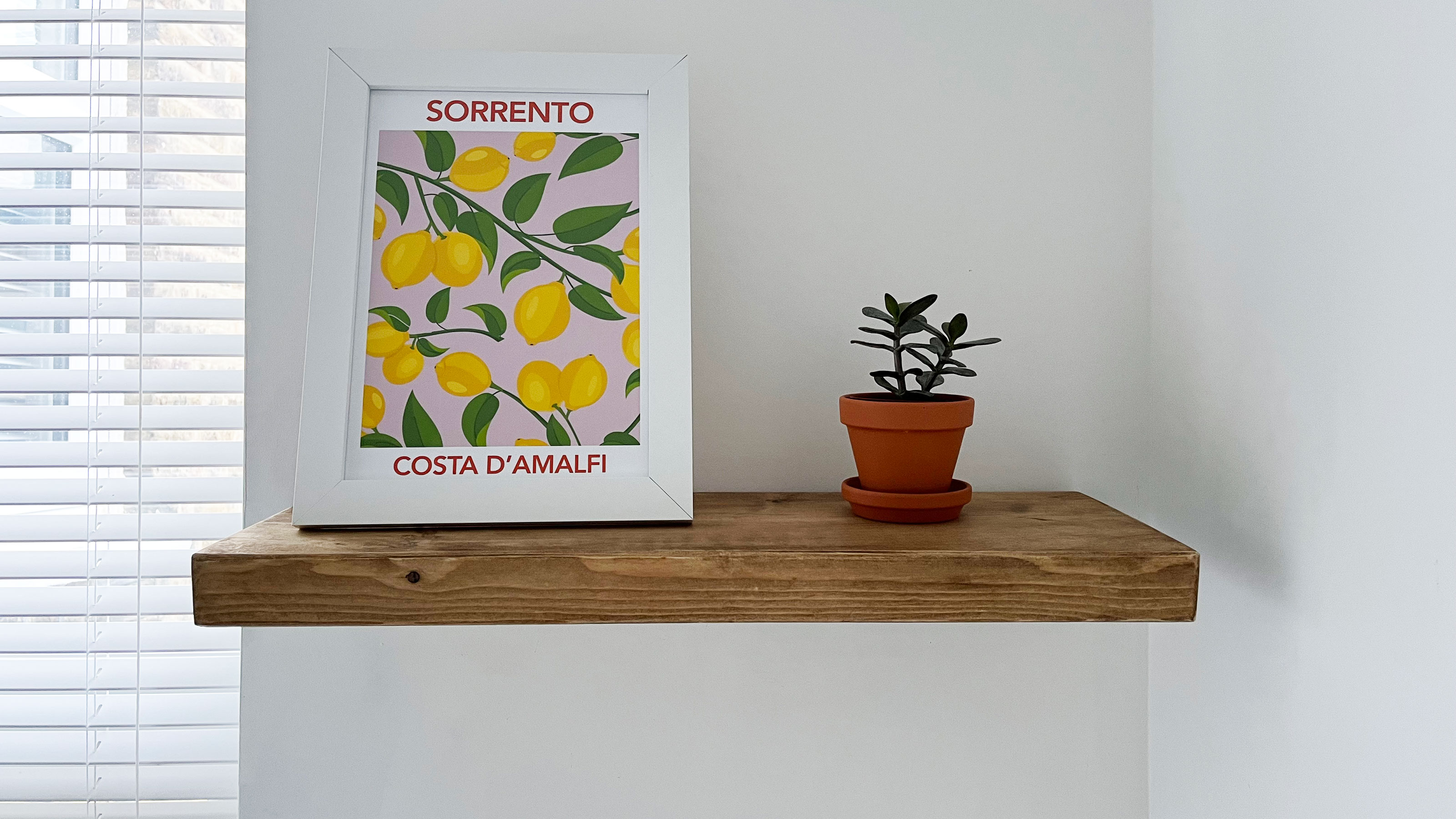 How to install and style a floating shelf
How to install and style a floating shelfInstalling a floating shelf can add instant design interest to your home. Dress yours with artwork, houseplants, and books for the perfect finish.
By Camille Dubuis-Welch
-
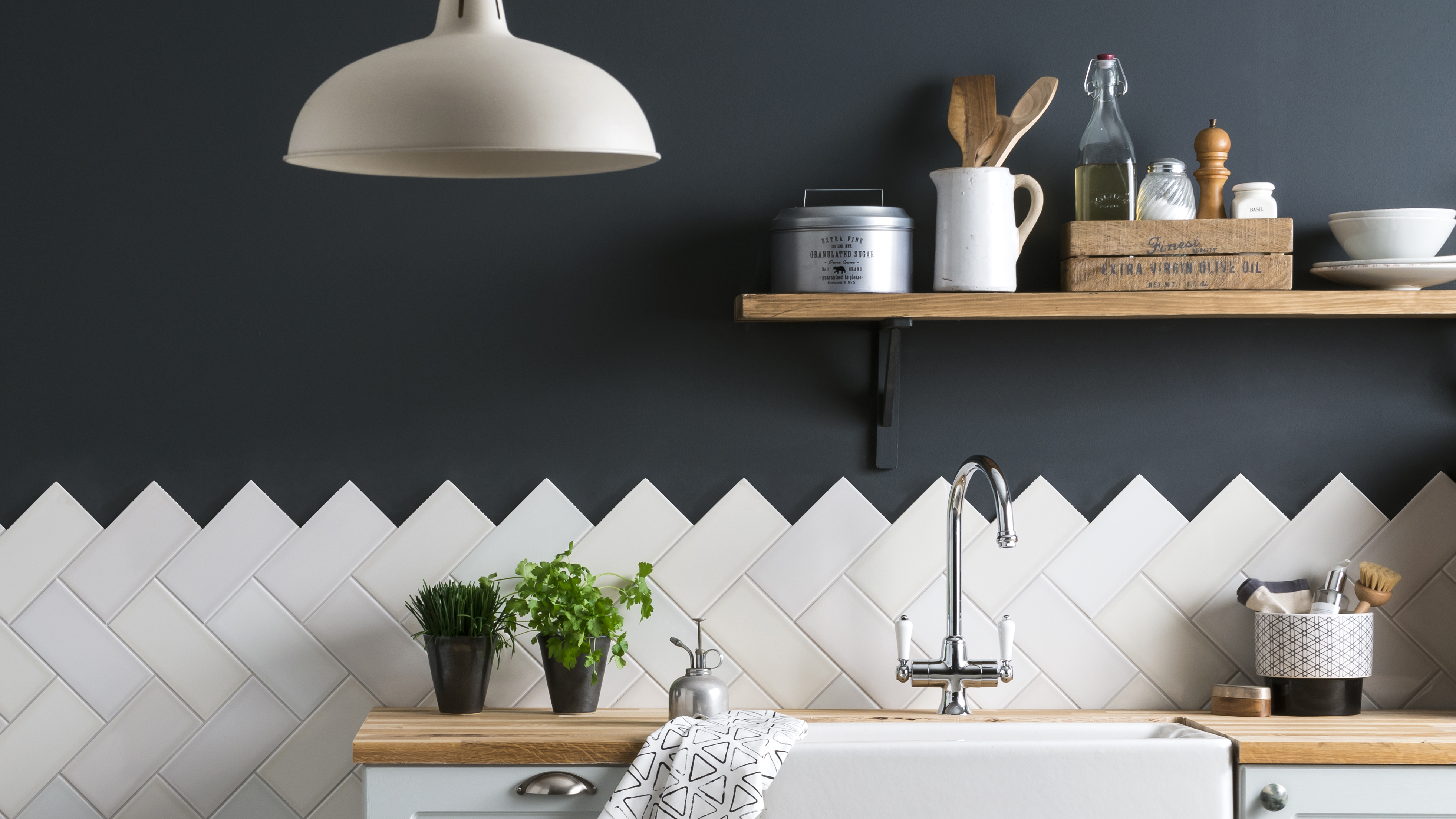 How to tile a backsplash: a DIY guide for beginners
How to tile a backsplash: a DIY guide for beginnersKnowing how to tile a backsplash will make a big difference to the look and function of your kitchen. DIY to save on the cost of calling in a professional.
By Emily Shaw
-
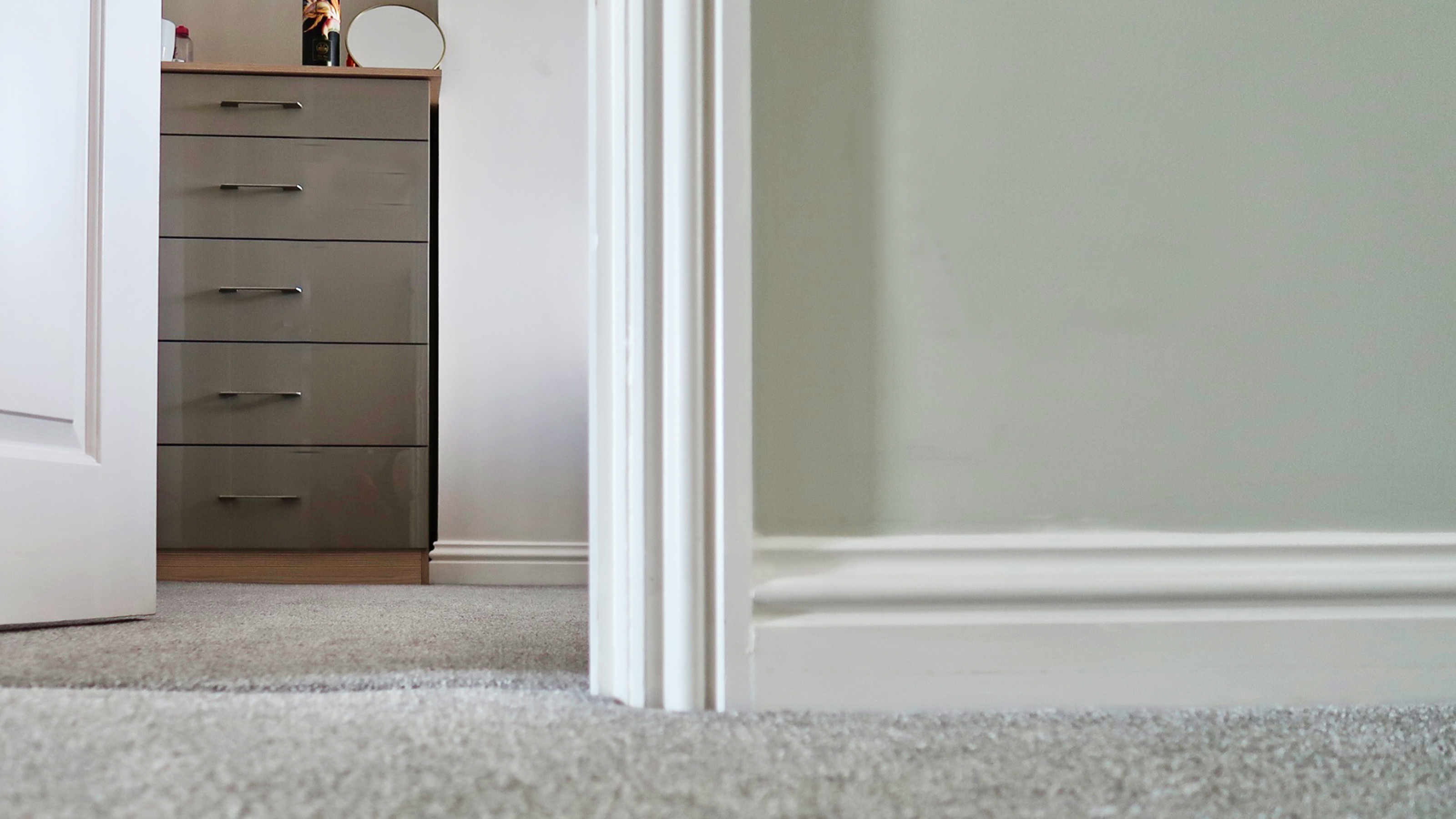 How to install baseboards: a simple 10-step DIY
How to install baseboards: a simple 10-step DIYInstalling baseboards is an achievable DIY with the right know-how to ensure you get a professional finish, whether you're updating a living room or refining a home addition.
By Hebe Hatton
-
 18 home DIY project ideas for instant aesthetic appeal
18 home DIY project ideas for instant aesthetic appealTransform your surroundings with these home DIY projects that will make all the difference to your space, big or small
By Camille Dubuis-Welch